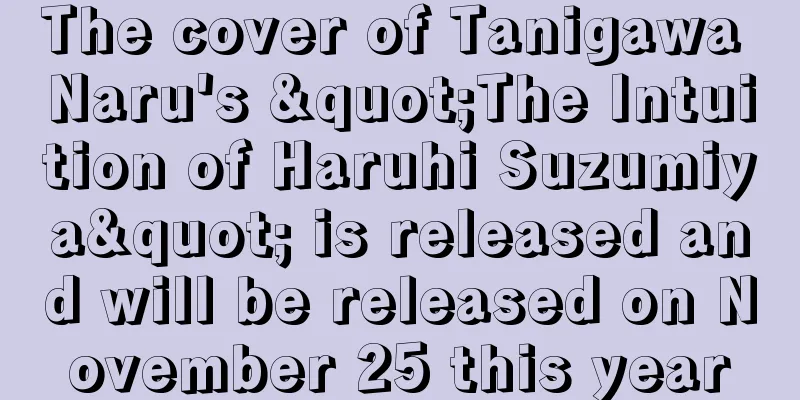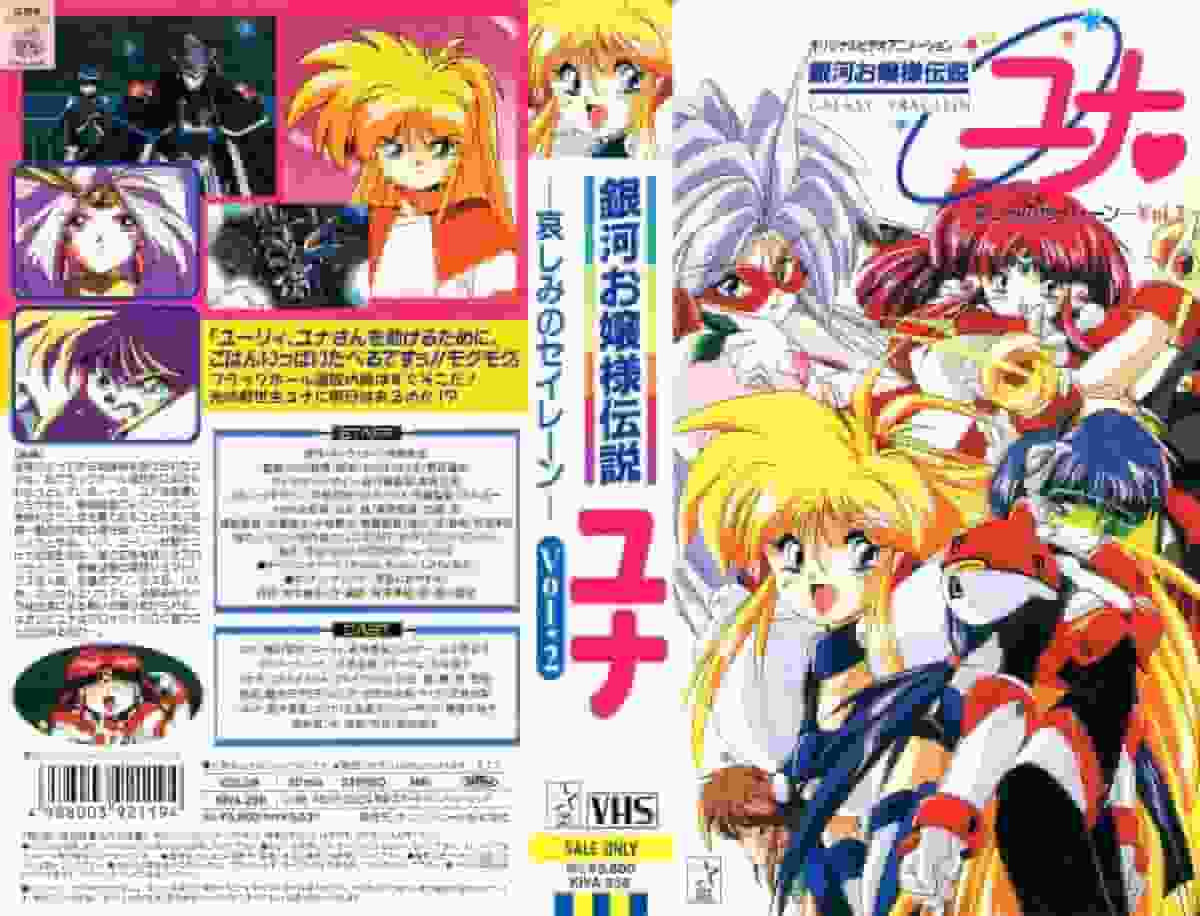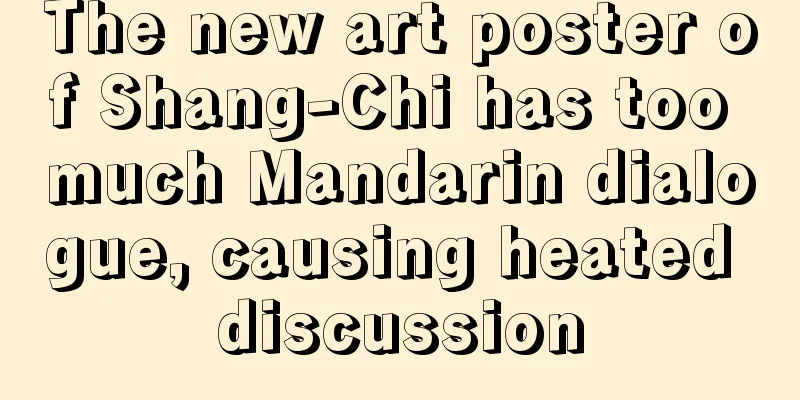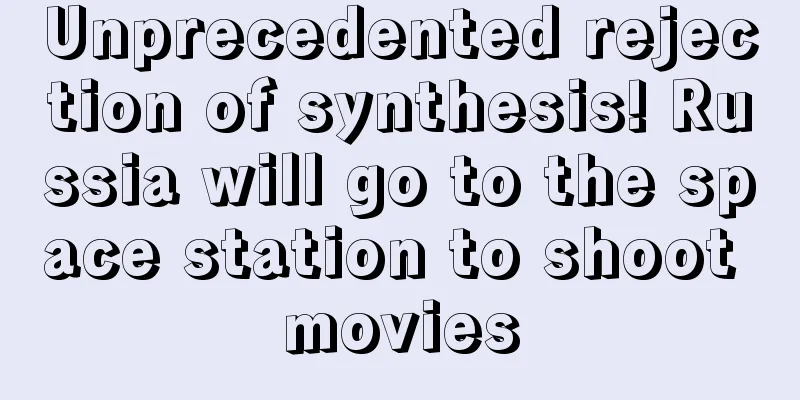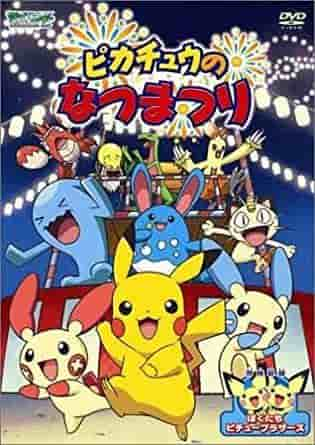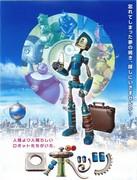The appeal and reviews of "Time Stranger": Experience an emotional journey

"Time Stranger": An adventure that transcends time and space, and the intersection of history■Overview of the workTime Stranger is a 1986 Japanese animated film based on the novel The Captured School Bus by Taku Mayumura. The film skillfully blends the science fiction element of time travel with Japanese history to create a story that draws viewers in. It was directed by Masaki Mamoru and produced by Kadokawa Haruki Corporation and Kadokawa Shoten, with Project Team Argos and Madhouse. It was distributed by Toho and has an Eirin number of 112123. It was released for a limited time from December 20, 1986 to January 1, 1987, and was 91 minutes long. ■ StoryTetsuko Hayasaka, a 17-year-old high school girl, was on a location minibus to accompany her brother, a photographer, on a shoot. While her brother was away from the car, a strange boy ran into the driver's seat, set up a device he had on the bus, and turned it on. Tetsuko's classmates Nobuo, Shinichi, and teacher Kita, who happened to be there, also got on the bus and traveled back in time. They arrived in the middle of the Great Tokyo Air Raid of 1945. Tetsuko was fascinated by the young man in school uniform who had saved her during the war. The bus again flew into hyperspace, and the boy introduced himself as Agino Jiro, a man from the future who had become disgusted with the future he lived in and fled to the past. Moreover, he said that the time machine he had installed on the bus could only go to the past, and could never go back. At that moment, the bus ran out of energy and made an emergency landing at the end of the Edo period. Just as they were relieved to have refueled, they were suddenly attacked by Kutajima Toshito, a fugitive hunter who had been pursuing Jiro from the future. After finally shaking off Toshito, they warped to the middle of the Battle of Sekigahara in 1600. There, they met Sedo Jin, a close aide to Tokugawa Ieyasu. Jiro recognized him as a Time Management Bureau employee from the future. Jin told them that among the assassins was a man from the future who had planned to kill Ieyasu and change history, and then he got on the time machine and disappeared. The surviving assassin, Hirano Heizo, joined them, and the bus arrived at Azuchi Castle in 1582. It was five days before the Honnoji Incident. The group was welcomed by Oda Nobunaga and stayed at Azuchi Castle. Tetsuko saw in Nobunaga's close aide, Mori Ranmaru, the image of the boy she met during the Great Tokyo Air Raid. Before they knew it, the two of them had become close. On the day of Nobunaga's dispatch of forces, Hyozo kills Akechi Mitsuhide, who was trying to rebel against Nobunaga. History changed right before the Honnoji Incident. However, Jin arrives and warps to the day Mitsuhide was assassinated. He witnesses Toshito manipulating Hyozo's mind to kill Mitsuhide. Jin kills Hyozo and prevents Mitsuhide from being assassinated. It was all a plot by Toshito to trap Jiro and make him escape, and to use his Hunter privileges to change history. A battle breaks out over Honnoji, and Jiro shoots Toshito. Toshito is an android who was a victim of the nuclear war. That's why he wanted to change history. Tetsuko and the others return to the present with Toshito and the machine, but their memories of the trip to the past have been erased. ■ExplanationThe film is based on the novel "The Captured School Bus" by Taku Mayumura, which was renamed to the same title as the animated film and published by Kadokawa Bunko to coincide with its release. The story skillfully combines the science fiction element of time travel with Japanese history, making it a fascinating read that draws viewers in. The film was directed by Masaki Mamoru and produced by Kadokawa Haruki Corporation and Kadokawa Shoten, with Project Team Argos and Madhouse. It was distributed by Toho and has an Eirin number of 112123. It was released for a limited time from December 20, 1986 to January 1, 1987, and was 91 minutes long. ■Cast
■ Main staff
■ Main Characters
■ Theme songs and musicThe theme song "Time Traveler" was written and composed by Mariya Takeuchi, arranged by Tatsuro Yamashita, and sung by Mariya Takeuchi. This song has a beautiful melody and lyrics that symbolize the theme of the movie, and will resonate deeply with viewers. ■ Evaluation and impressions"Time Stranger" is a story that skillfully combines the science fiction element of time travel with Japanese history, making it a fascinating series that draws viewers in. In particular, the adventures set in various eras, from the Great Tokyo Air Raid of 1945 to the Honnoji Incident in 1582, will give viewers fresh surprises and excitement. Also not to be missed are the growth of the characters and the changes in their relationships. The subtleties of emotions, such as the relationship between Agino Jiro and Hayasaka Tetsuko and Nobuo's feelings for Tetsuko, are carefully depicted. Director Mamoru Masaki has succeeded in portraying the weight of history and human drama while making the most of the time travel setting. In particular, his portrayals of historical figures such as Oda Nobunaga and Akechi Mitsuhide are based on historical fact but with his own unique interpretation, providing viewers with a new perspective. Additionally, the beautiful visuals by character designer Moto Hagio also add to the appeal of the work. Music is also an important element in enhancing the atmosphere of the film. The theme song "Time Traveler" by Mariya Takeuchi has a beautiful melody and lyrics that symbolize the theme of the film, and resonates deeply with the viewers. In addition, the background music by music director Ryoichi Kuniyoshi also skillfully expresses the emotions of each scene. ■ Recommendation points"Time Stranger" is a story that skillfully combines the science fiction element of time travel with Japanese history, making it a fascinating series that draws viewers in. In particular, the adventures set in various eras, from the Great Tokyo Air Raid of 1945 to the Honnoji Incident in 1582, will give viewers fresh surprises and excitement. Also not to be missed are the growth of the characters and the changes in their relationships. The subtleties of emotions, such as the relationship between Agino Jiro and Hayasaka Tetsuko and Nobuo's feelings for Tetsuko, are carefully depicted. This work is especially recommended for those who like time travel and historical stories, as well as those who enjoy beautiful visuals and music. Furthermore, it will deeply move those who are interested in character development and changes in relationships. ■ Related worksOther works related to "Time Stranger" include the animated film "The Girl Who Leapt Through Time," which also has a time travel theme, and the historical animated film "Nausicaä of the Valley of the Wind." These works also skillfully depict the themes of time travel and history, and are definitely worth watching for fans of "Time Stranger." ■ Summary"Time Stranger" is a story that skillfully combines the science fiction element of time travel with Japanese history, and has a charm that draws viewers in. In particular, the adventures set in various eras, from the Great Tokyo Air Raid of 1945 to the Honnoji Incident in 1582, will give viewers fresh surprises and impressions. In addition, the growth of the characters and the changes in relationships are also points not to be missed. The subtleties of emotions, such as the relationship between Agino Jiro and Hayasaka Tetsuko and Nobuo's feelings for Tetsuko, are carefully depicted. This work is especially recommended for those who like time travel and historical stories. It is also satisfying for those who want to enjoy beautiful visuals and music. Furthermore, it will deeply move those who are interested in the growth of characters and changes in relationships. Please give it a watch once. |
<<: Punna Come Down from the Tree Review: Charming characters and unique storytelling
Recommend
A thorough review of the Gintama series TV #1: The perfect balance of laughter and tears
Gintama: A masterpiece anime depicting the Edo pe...
It's hard to tell them apart! Wu Jing and his stunt double are highly similar
Recently, a photo of Wu Jing and his stunt double...
New character of "Ghost in the Shell: SAC_2045" revealed, Hayashibara Megumi confirmed to play the role
The new 3DCG animation "Ghost in the Shell: ...
Teenage Mutant Ninja Turtles: Revenge of the Teenage Mutant Ninja Turtles confirmed sequel and spin-off series
The Jeff Rowe-directed animated film "Teenag...
That irresistible charm! The new version of Robin in the theme of "One Piece" is stunningly unveiled
The latest work in the "Playback Memories&qu...
The main characters of the popular manga-adapted TV anime "EX-ARM" are revealed and will be broadcast in the fall
The popular manga-adapted TV animation "EX-A...
Kamen Rider Zero-One Special Edition New Rider ARC-ZERO Confirms Voice Actor Masahiro Hayami
The latest episode of the popular Plastic Sentai ...
Henry Cavill: I'm ready to return as Superman
Henry Cavill, the star of Man of Steel, recently ...
"The Road to Health" review: What's the appeal of this anime that promotes healthy living?
A detailed review and recommendation of The Road ...
Jun Shison plays Kurama in Netflix's live-action Yu Yu Hakusho
According to an exclusive report from IGN, the ne...
Space Patrol Luluco: A review of charming adventure and humor
Space Patrol Luluco - Space Patrol Luluco - Compr...
Sonic the Hedgehog movie test footage revealed
Today (August 24), a staff member of Digital Doma...
A present for Santa Claus: A thorough analysis of the emotion and appeal of Minna no Uta
Presents for Santa Claus - Everyone's Song Ma...
Ant-Man 3 is expected to be released in North America on July 23, 2023.
According to foreign media reports, the third fil...
The appeal and evaluation of the TV cartoon "Showa Monogatari": The depth of the anime depicting a nostalgic era
TV Manga Showa Monogatari - An adult animation th...
